Do PIV Units Make Houses Cold?
With rising energy bills, we want to make sure that our homes are as warm as possible without wasting heat, especially in the unpredictable winter months. So anything that is actively making our home colder needs to be addressed. PIV units provide a constant rate of ventilation for a home, so do they contribute to the temperature of a house?
In this blog, we will address the question ‘Do PIV units make houses cold?’
With new buildings being made to be as energy efficient as possible, and the UK aiming for 95% of its electricity usage to be low carbon by 2030, it is imperative to understand how we can make the most of our ventilation.
To prevent mould, fresh air should constantly be introduced into your dwelling daily, as it helps to regulate temperature and reduce condensation. Introducing fresh air can be as simple as having a ventilation routine, or installing extractors or PIV systems.
This is where I-Sells comes in, as the UK’s leading ventilation and ducting supplier we take pride in not only sharing our solutions, but also the critical information that you need.
Do you require all the space for a PIV unit?
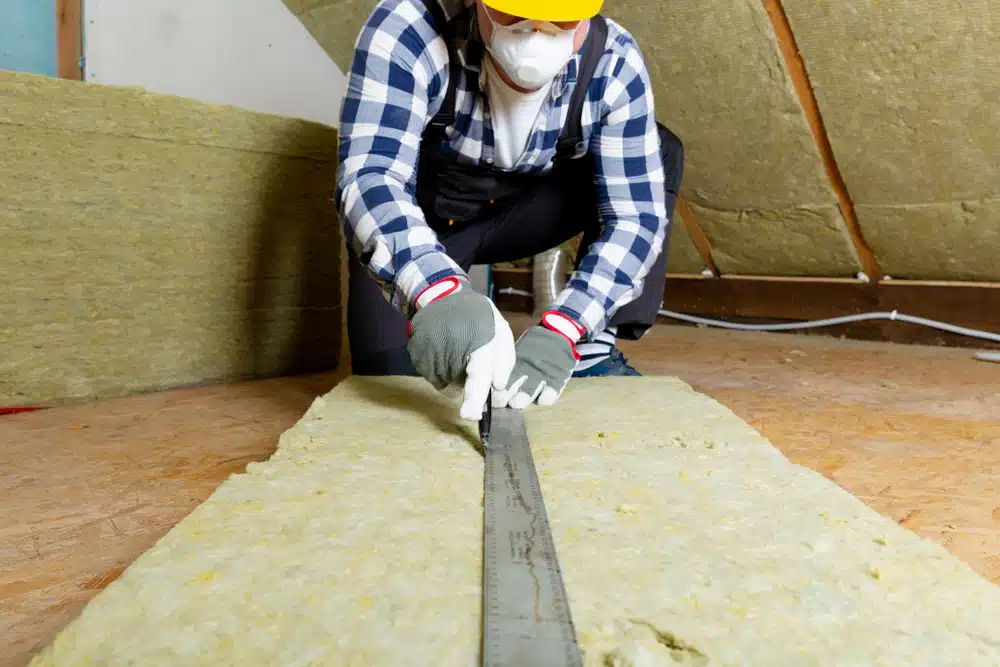
Generally, no, although PIV units can vary in size, they are generally installed into loft spaces. As long as these spaces are not crammed with items and furniture, the unit should work fine.
If the loft space is already full, it can become difficult for air to travel freely to and from the unit. You should consider installing a PIV unit in a manner that allows it the most space, based on the set-up and space available in your loft.
Can PIV units be installed in cellars?
In order to get the most use and effectiveness from a PIV unit, it must be installed in the highest indoor space, which is typically the loft. The reasoning for this is rather simple. Hot air rises, and with a PIV unit, the air will rise until it encounters the unit and has its air extracted.
If a PIV unit is installed in a cellar, it will rarely, if ever, receive hot air that can be replaced with fresh-filtered air.
PIV units and their benefit
A PIV unit is a ventilation system that optimises airflow by extracting stale, humid air, and replaces it with air that it has extracted from outside. This outside air is passed through a filter to ensure there are no pollutants entering your home.
Furthermore, PIV units also have temperature settings which ensure that the fresh air entering the home isn’t going to make it colder than it should be.
Here are some additional benefits of PIV units…
- Cures condensation dampness — PIV reduces the humidity in the air, curing condensation dampness and preventing mould growth.
- Improved indoor air quality and healthy living environment- Indoor pollutants from cooking and cleaning, as well as outdoor pollutants including pollen and Radon gas, are eradicated from the home.
- A unique cost-effective solution.
- Meets Regulations — Meets Part F & L of Building Regulations as a low-energy ventilation strategy.
- Easy & simple installation – Typically installed in under one hour.
- System controls located in the ceiling diffuser for easy commission and access for maintenance checks.
- Low maintenance — Filter clean or replacement every five years.
- Energy efficient — System goes into standby during warmer months when there is no evidence of condensation.
- Clinically proven to help allergy and asthma sufferers.
Extractor fans, PIV units, or MVHR units?
Extractor fans, and some MVHR units, can have their functions localised to one specific room. Bathrooms and kitchens must contain a form of ventilation, whether that be through an extractor fan or MVHR unit.
On the other hand, PIV units are optional, and so are whole-house MVHR units, although the latter requires extensive ducting in some cases, PIV units do not, making them easy to install.
For optimal ventilation, whilst retaining as much heat as possible, single-room MVHR units in your kitchen and bathroom, alongside a PIV unit, are recommended.
Do PIV units make houses cold?
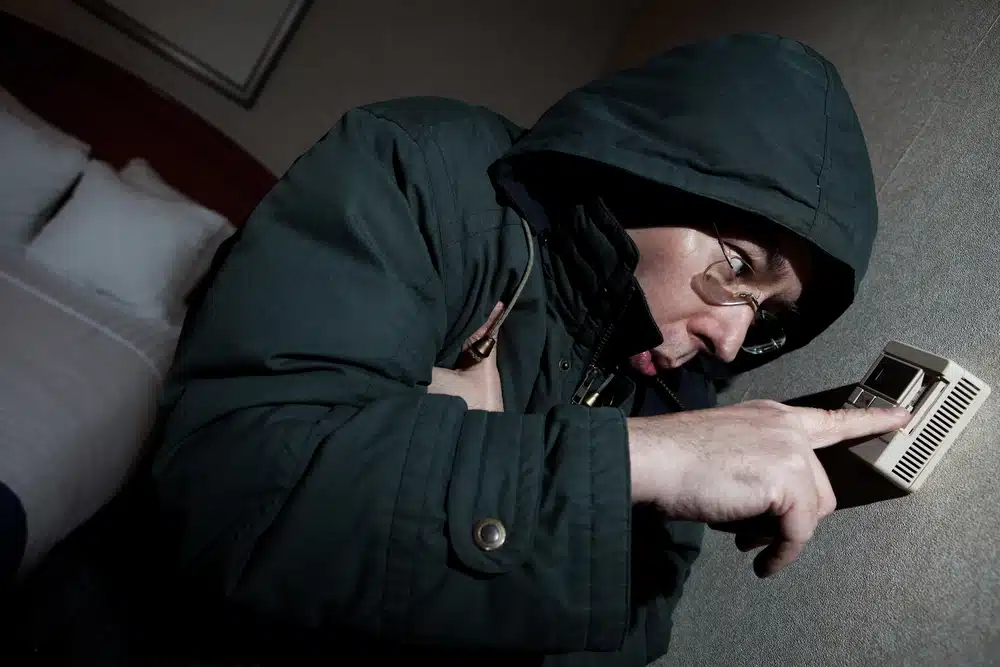
No. PIV units do not make houses cold. This is a common presumption that people hold, and naturally so. People think that PIV units make a house colder because it distributes outdoor air, indoors.
However, the rate and intensity it is deposited in the home does not create a draft, and the air itself is not going to be as cold as it was outside due to passing through the unit itself. What’s more is that modern PIV units have the ability to adjust the temperature of the air that enters the home for those who require more control of the air temperature.
Opening windows can make a house colder than using PIV ever would. Additionally, the temperature of a home can be severely affected by inadequate insulation provided by the windows and doors.
The only instance a PIV unit could make a house cold is not through its function, but how it had been installed. PIV units are installed in lofts, if the loft in question has had its insulation tampered with during the installation, this can result in the house feeling colder than as it normally did.
Can a house get too hot with PIV units?
In theory, this is possible. If your mode of PIV unit has a temperature setting, and is set to the warmest option, it has the potential of making a home too hot in the summer months. A house that is too hot can feel extremely uncomfortable, it can cause the air to become too dry, and cause us to sweat, as our bodies try to cool themselves down naturally.
This scenario is not possible unless there is already moderate to extreme heat outside.
Can cold houses get condensation easily?
Yes. If there is no regulated temperature in a house, in some rooms, the chances of condensation can rise, this can be due to the sun beaming on the windows of a cold house.
Condensation can occur as a result of steam, so anything that creates steam that is allowed to settle on a surface is an issue. Of course, whether your house is cold or not, steam generated from a shower for example will easily become condensation if no efforts to ventilate it are taken.
Whatever environment creates condensation, if it is allowed to settle and left untouched, it creates the perfect environment for mould. Mould has been known to cause and agitate health issues, especially those with a severe mould allergy.
Aside from its health complications, it can spread over a surface exponentially, running your ceilings, walls, and any surface it makes its home on. Though, it can be removed with mould surface cleaners.
Where to find affordable PIV units
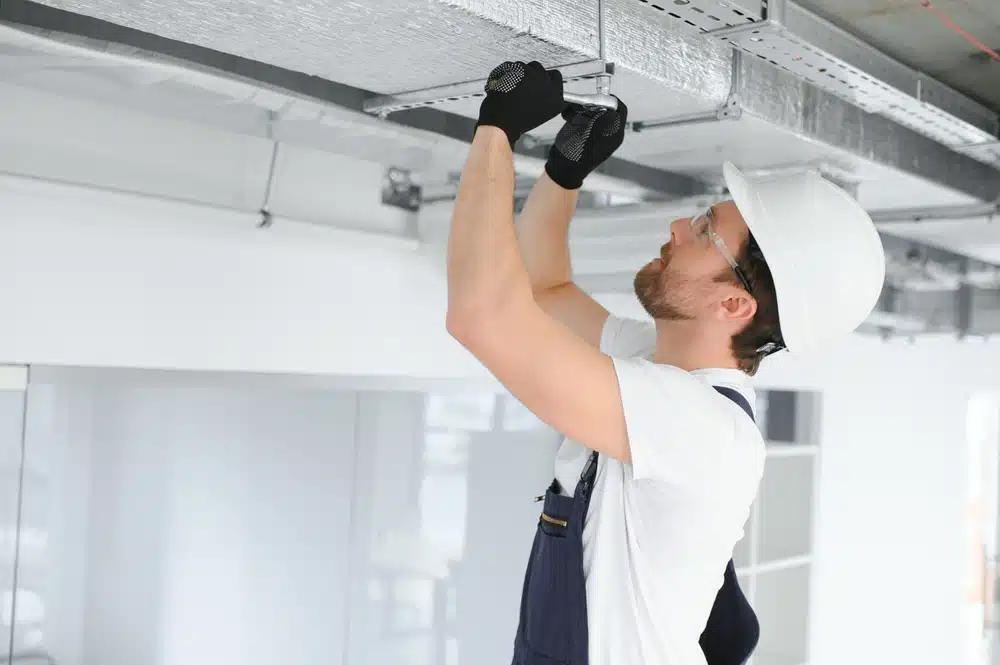
At I-Sells, all things ventilation and ducting related is our speciality, we are here to answer the questions we know are common for those new to HVAC and what it encompasses.
We at I-Sells endeavour to ensure our customers have all the information they require before investing in our mould solutions. Be sure to visit our blog page to learn about the vast array of factors and issues surrounding ventilation, mould, condensation, and much more.
We hope to have given you all the answers you need by answering the question ‘Do PIV units make houses cold?’
We understand you may have more questions, do not hesitate to contact us for more information about whatever you need our help with. If you’d like to email us, click here. For other contact options, see below:
Call us on 020 8463 9696
Visit us at our showroom:
*OPENING TIMES*
Monday – Friday: 8:00 am to 5:30 pm
Saturday: 9:00 am to 12:00 pm
Sunday: Closed
15 St John’s Parade
Sidcup, Kent
DA14 6ES
United Kingdom

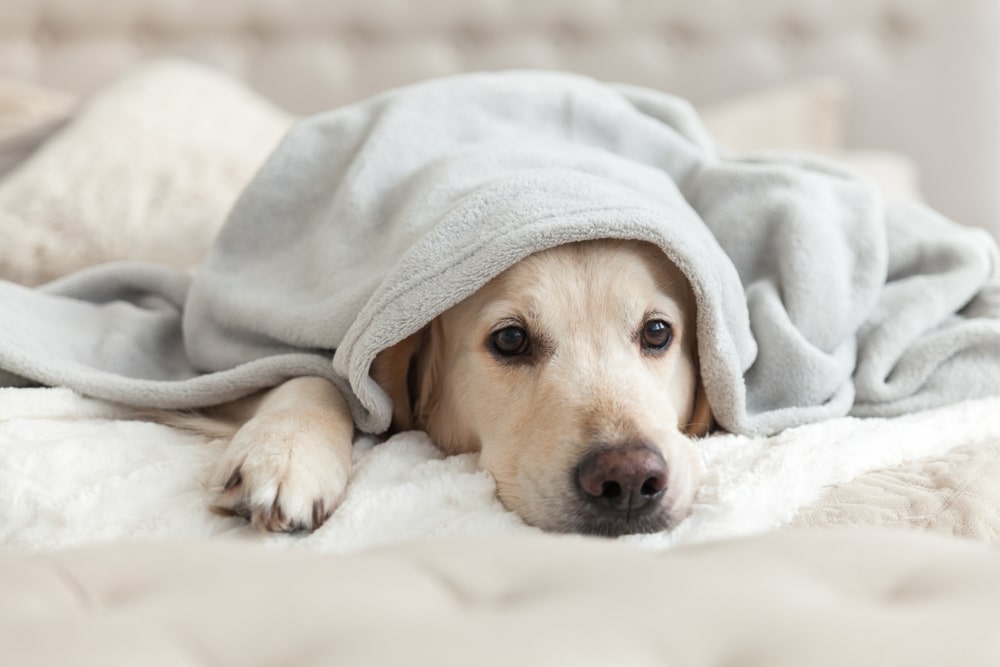


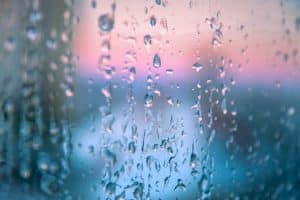























Add comment
You must be logged in to post a comment.